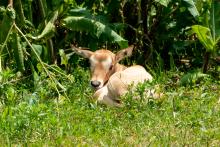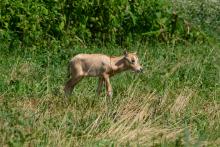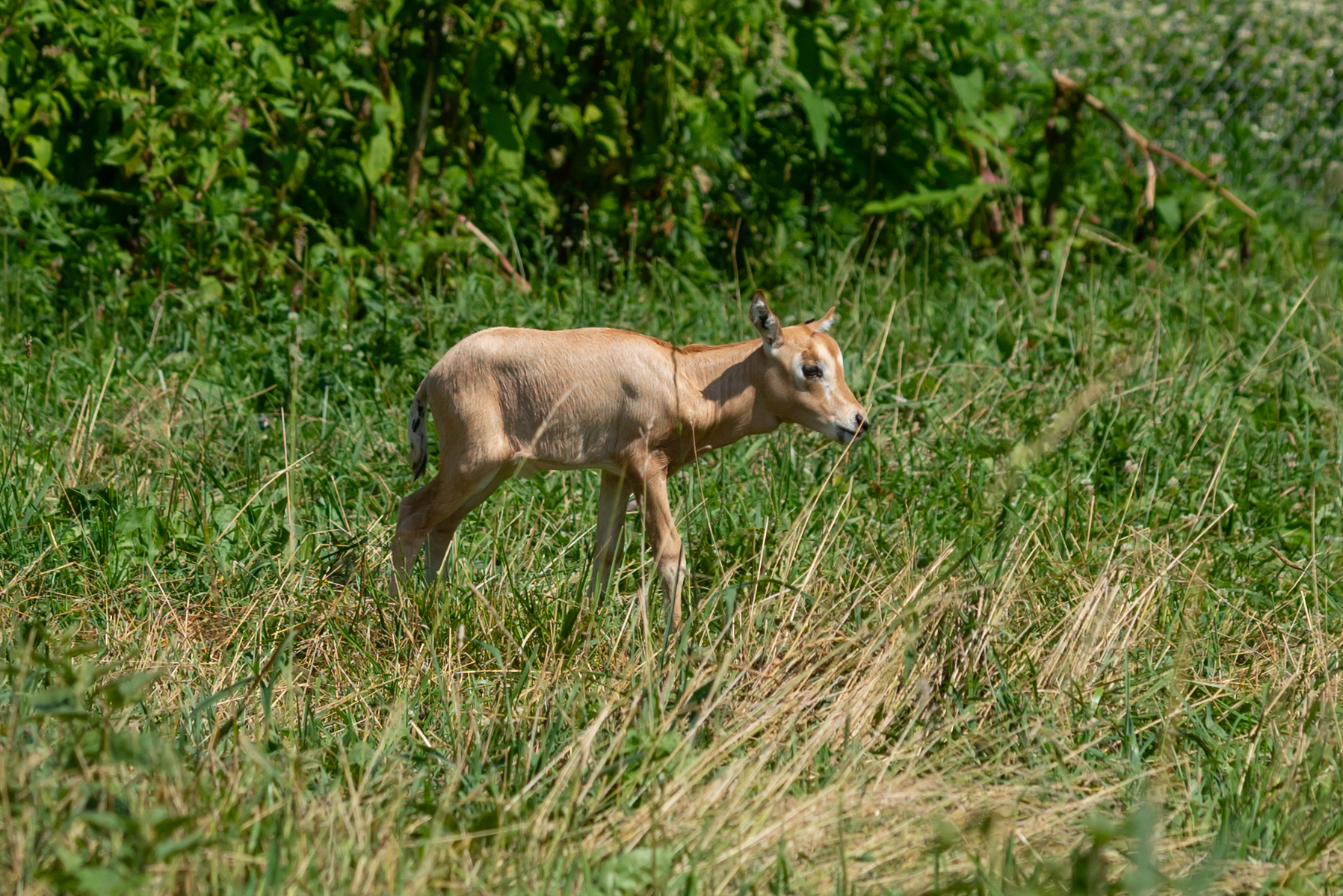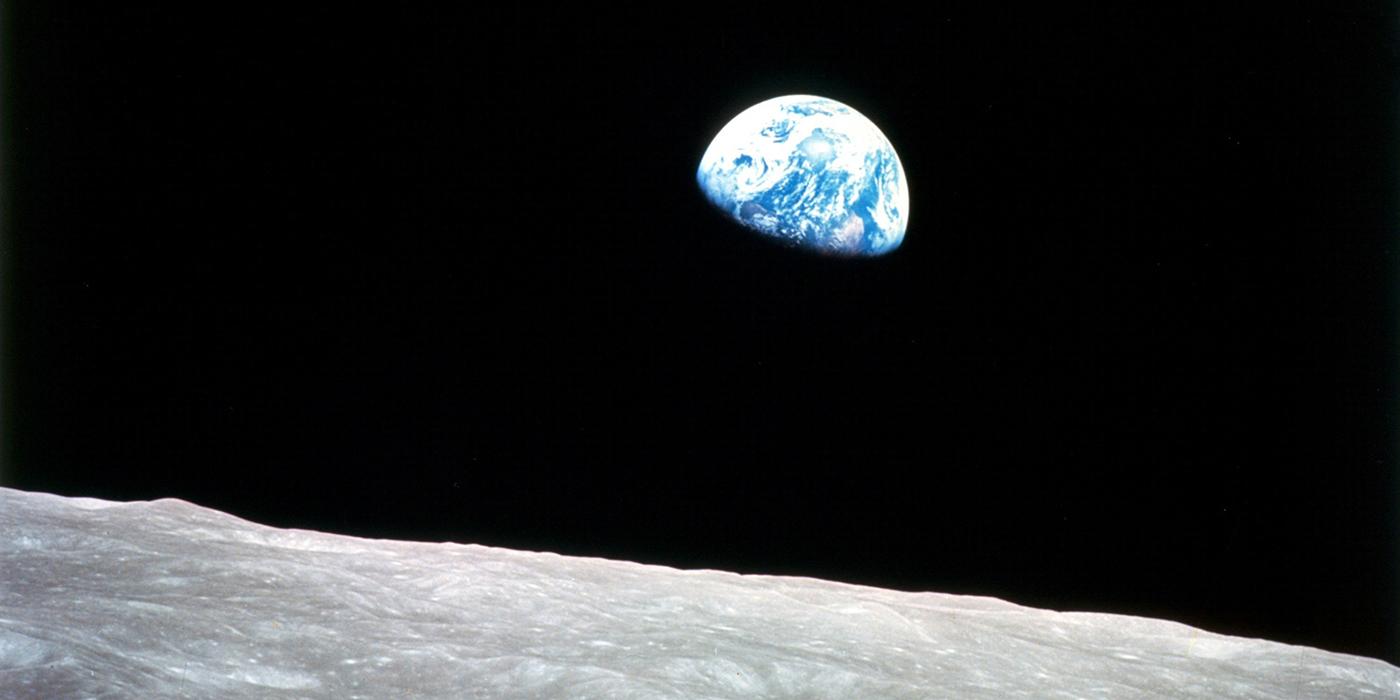Critically Endangered Scimitar-horned Oryx Born at the Smithsonian Conservation Biology Institute
A scimitar-horned oryx calf was born at the Smithsonian Conservation Biology Institute (SCBI) in Front Royal, Virginia, June 30. The 22-pound female calf is healthy and doing well. She represents a major step forward for assisted reproduction in the critically endangered species. The calf was conceived by artificial insemination with sperm that was cryopreserved (frozen) in 2011, and the calf’s mother did not need to be anesthetized for the procedure—a first. The technique could be used to improve genetic diversity in scimitar-horned oryx that will be reintroduced to the wild in Chad.
The calf’s mother, Rizzo, was artificially inseminated Oct. 25, 2017. Scientists used an estrous synchronization protocol developed by SCBI scientists in 2000 to increase the chances of a successful pregnancy. By synchronizing her estrous cycle, scientists were able to ensure that she would be ovulating on the day of the artificial insemination. The technique is routinely used with domestic cattle. Rizzo was inseminated with approximately 300 million motile sperm, which is about 10 times more sperm than was previously used to achieve pregnancies.
The insemination was not performed under anesthesia, but instead in a hydraulic restraint specially designed to safely hold large hoof stock. Anesthetic drugs can sometimes disrupt reproductive functions such as ovulation; therefore, this no-drug restraint procedure has the chance of increasing overall artificial insemination efficiency. The procedure also takes less time, with Rizzo able to walk out of the restraint device immediately to rejoin her herd.
Scimitar-horned oryx were extinct-in-the-wild until 2016 when the Environment Agency—Abu Dhabi (EAD) and Government of Chad started releasing oryx born in human care to the wild. Since the reintroductions began, there are now approximately 100 animals living in the wild. The oryx have been breeding successfully naturally, but this breakthrough in assisted reproduction means that scientists can ship sperm across the world and artificially inseminate females before they are reintroduced to the wild. That would make the population more genetically diverse, which would increase resistance to disease and help prevent inbreeding in the small population.
SCBI plays a leading role in the Smithsonian’s global efforts to save wildlife species from extinction and train future generations of conservationists. SCBI spearheads research programs at its headquarters in Front Royal, Virginia, the Smithsonian’s National Zoo in Washington, D.C., and at field research stations and training sites worldwide. SCBI scientists tackle some of today’s most complex conservation challenges by applying and sharing what they learn about animal behavior and reproduction, ecology, genetics, migration and conservation sustainability.
# # #
Photos: Josh Corvelli/Smithsonian Conservation Biology Institute
Related Species:
Image Gallery







